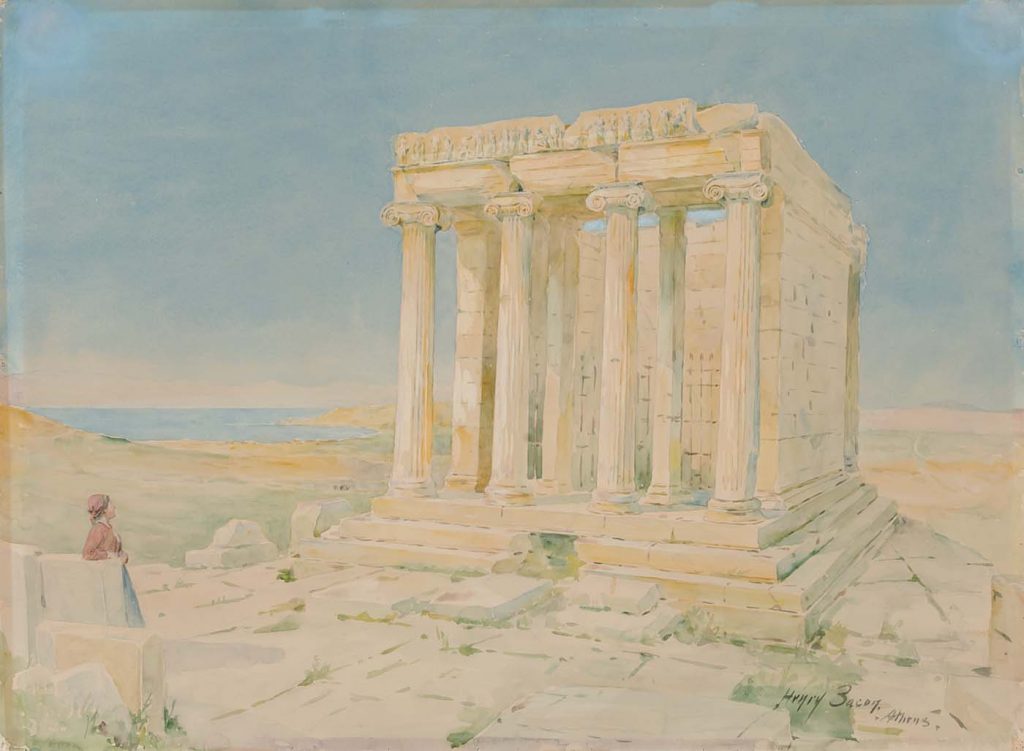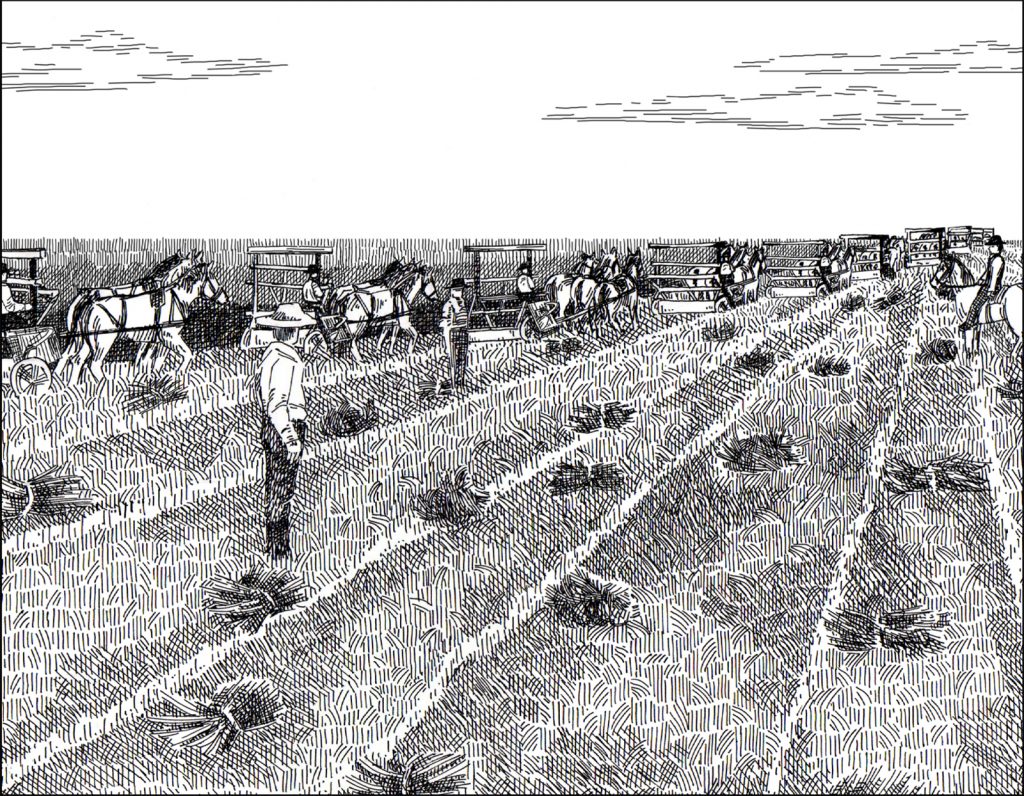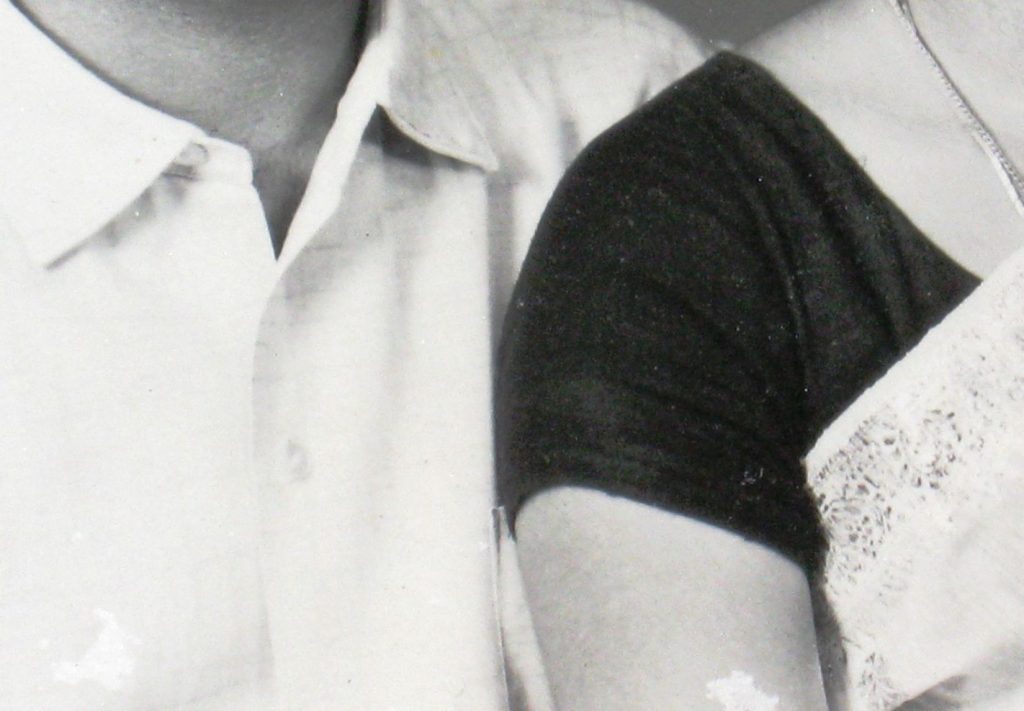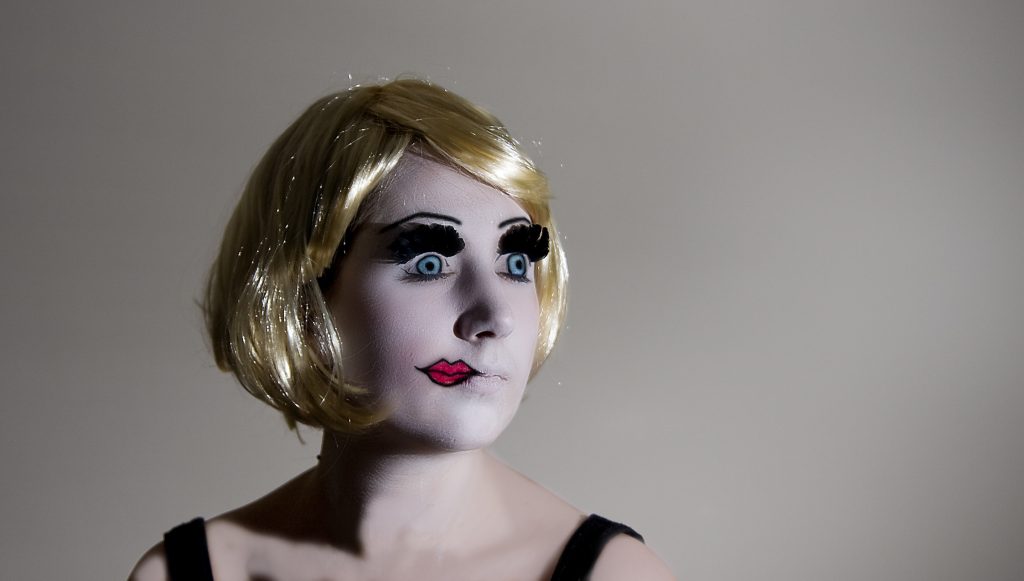Introduction by Keith Taylor from our Fall 2016 issue, which features a special section of poetry on Greece.
Even now, when all the reports we hear from Greece are of political upheaval, of economic despair, about a small nation flooded with refugees, even about environmental collapse … even now, many of our writers are drawn to Greece. Adrianne Kalfopoulou, in one of the poems printed here, records a conversation with a taxi driver: “We’re losing our minds in all this.” Yet, English-speaking writers still return. Idealized and nostalgic portraits of the country continue to find an audience: this fall, PBS ran a BBC series called The Durrells on Corfu, which told the story of the family of Lawrence and Gerald Durrell taken to the Greek island by their indomitable mother during the 1930s. We turned in by the millions on Sunday evening, intrigued by the family story, of course, but also to see the sea and the shore, which looked postcard perfect, exactly like they’re supposed to. Despite knowing we shouldn’t really think this way, we also wanted to celebrate the passion and the kindness of the “natives,” more because they fit the image we’ve created of the Greek people than because of any resemblance to actual human beings who might have ever lived anywhere.
Why our continuing attraction to Greece? There is something in that small country out there on the edge of Europe that doesn’t feel like the rest of the continent. Part of the attraction is certainly to the very different modern history, and to a landscape shaped by human use yet still oddly wild. The series of poems by Nickole Brown included here is partly possible because so much of life in Greece is lived outdoors. That attraction is in the heat and the color of the sea, in the food and the alphabet. It’s in the iconography of a different Christianity.
And, at the risk of belaboring the obvious, we continue to be drawn to Greece by the weight and presence of the classical tradition. We have tried to expand our canon and assume the influence of other traditions, but whether we like it or not, Western ideas continue to reflect the ideas first thought on those dry hills. Lauren K. Alleyne recognizes these “ruins, holy and broken,” their battered presence still shaping her experience of the place. When Allison Wilkins needs to find a metaphor for a kind of personal prophecy in the twenty-first century, she turns to Cassandra. We all know what she’s talking about.
In his poem, Christopher Bakken reminds us that contemporary Greece, despite its possibly insurmountable problems, continues to live into our images of it. There are still moments when people dance and sing, eat and drink, far into the night. It is still possible to echo, even if only for a moment, the words from Nikos Kazantzakis’s Life and Times of Alexis Zorba (and, of course, of Anthony Quinn in Zorba the Greek): “We’re going to need at least a thousand years.”
MQR 55:4 is available in print or can be downloaded as a PDF. It can be ordered for $7 or as part of an annual subscription.
Image: Bacon, Henry. “Temple of Nike Apteros.” N.d. Watercolor. Smithsonian American Art Museum, Washington, D.C.




